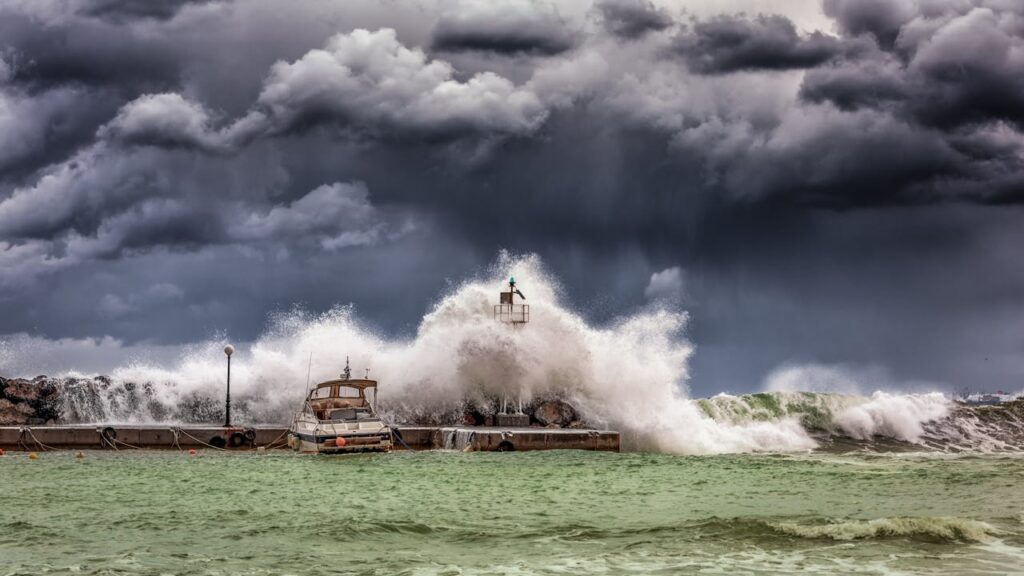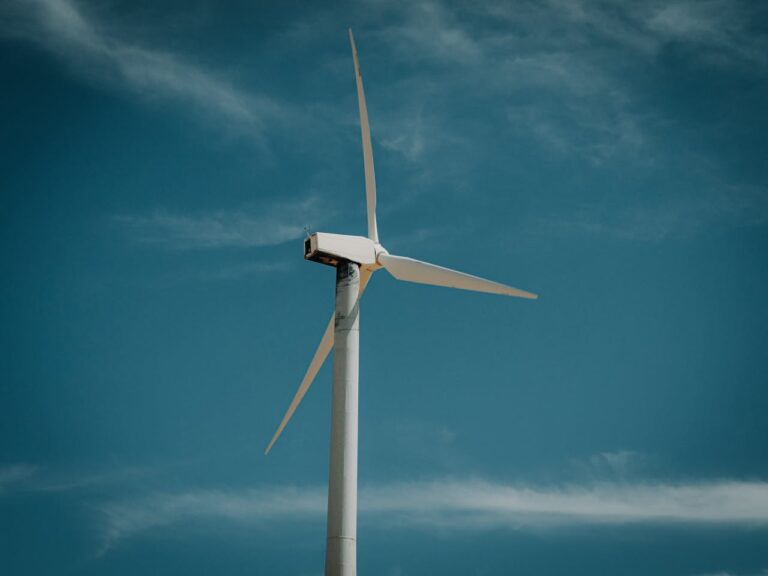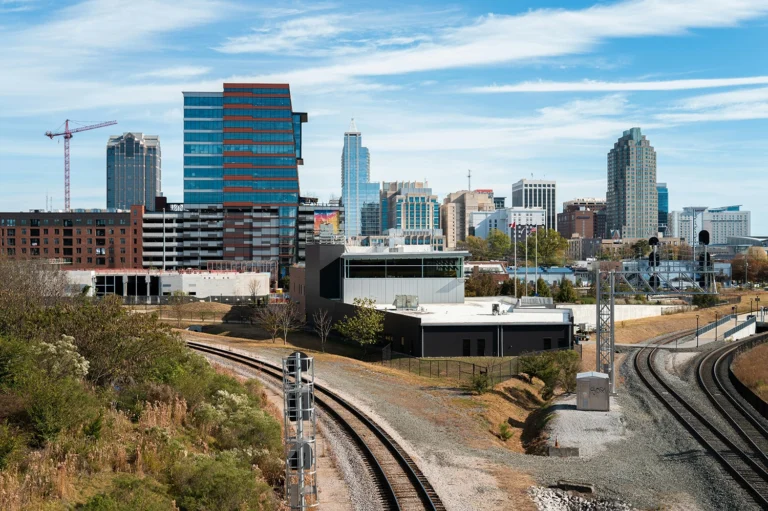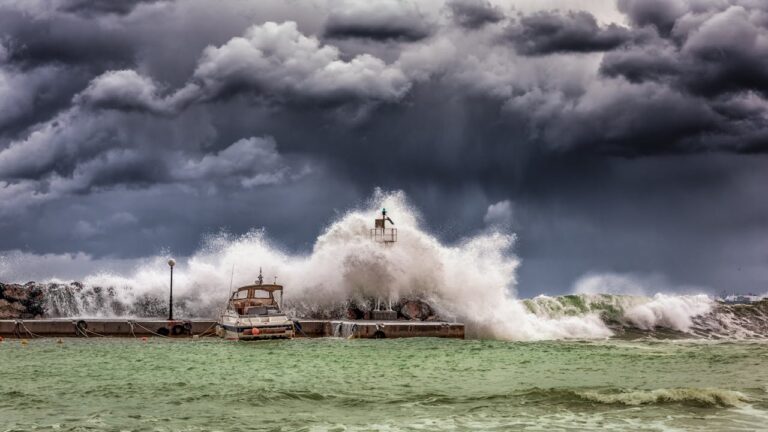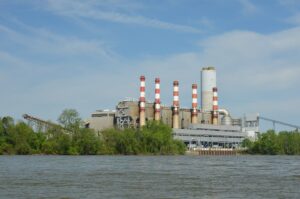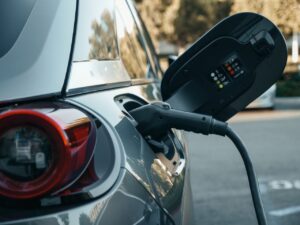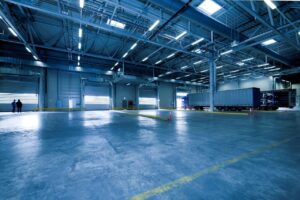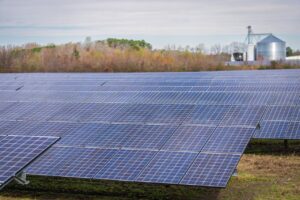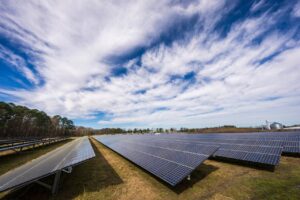How does a community respond when they experience not one, but two “1,000-Year climate events” in the space of three years? That’s the question Hayward County in North Carolina is asking after it was hit first by Tropical Storm Fred in 2021 and then by Hurricane Helene in 2024.
The increasing frequency of these gigantic storms has clean energy advocates calling for a different approach for providing electricity to areas that are most vulnerable to the devastation they cause. Some are pushing for wider implementation of “microgrids,” powered by clean energy, to build resilience into the regional energy infrastructure:
There are ways to build grid resilience that could be implemented on a more local level — although they’re costly. One is the concept of microgrids — local electric grids that are disconnected from the wider power system. [Duke University doctoral fellow and former special advisor at the Department of Energy Tyler] Norris said this concept could be extended further by allowing individual homes and businesses to power themselves with rooftop solar when the grid is down.
As North Carolina rebuilds after Helene, the use of localized solar power is proving to be an effective way to get the lights back on in remote areas and other areas difficult to service due to the terrain. Additionally, advocacy groups like the Southern Alliance for Clean Energy are pushing for the creation of “resilience hubs” to serve local communities:
Solar plus battery storage can turn a local shelter into a resilience hub. The Urban Sustainability Directors Network defines a resilience hub as a community-serving facility augmented to support residents and coordinate resource distribution and service before, during, and after a natural hazard event.
The nonprofit Groundswell is also promoting resilience hubs and has helped finance solar and battery projects for churches and community centers, locations that already serve people in need. These installations can ensure people have access to power for medical equipment, refrigeration, heating & cooling, and other critical needs while the electrical grid is down.
As climate change increases the frequency and intensity of storms, our power system becomes more and more vulnerable to long-term outages. Distributed energy systems like microgrids and solar plus battery storage resilience hubs are important elements in addressing this critical issue.
